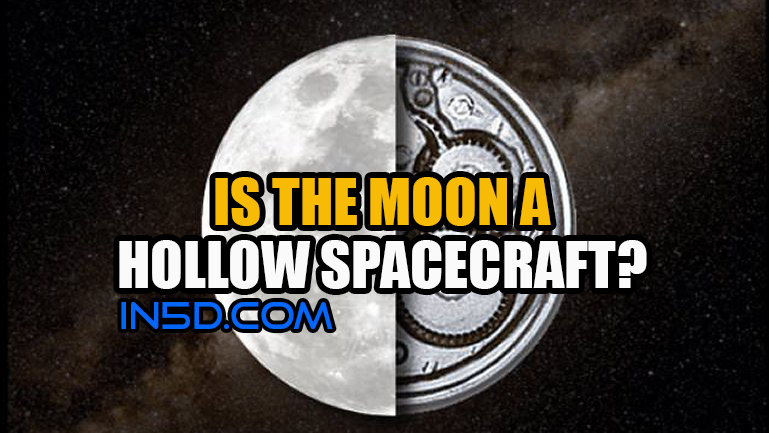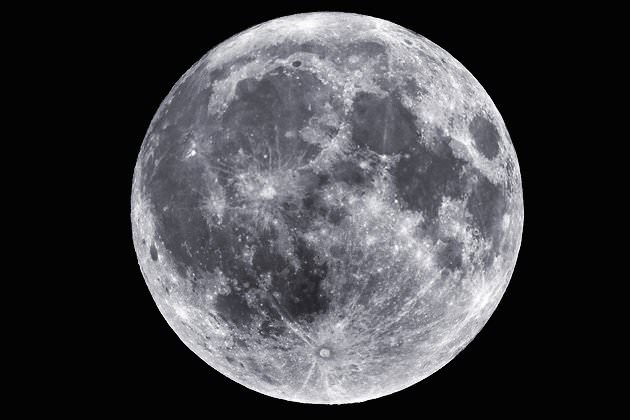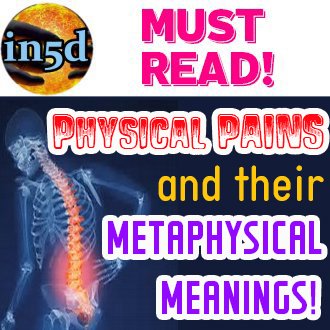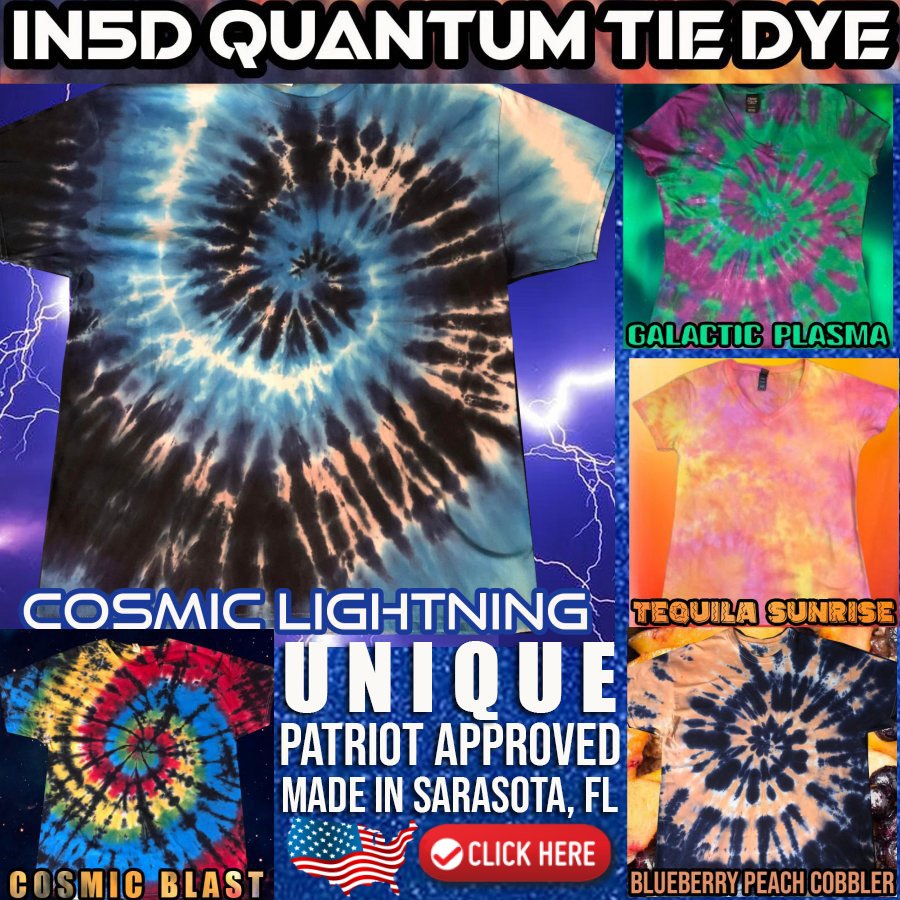Is The Moon A Hollow Spacecraft?

Several science fiction books of the early 20th century, including H.G. Wells’ “The First Men in the Moon,” take place within a hollow moon inhabited by aliens. In 1970 two Soviet scientists took this seemingly whimsical premise a step further, proposing that the moon is actually a shell-like alien spacecraft built by extraterrestrials with superior technology and intelligence. According to astronomers, the moon—though admittedly enigmatic as far as celestial bodies go—couldn’t maintain its mass and gravitational field if it lacked a dense core.
The Spaceship Moon Theory, also known as the Vasin-Shcherbakov Theory, is a theory that claims the Earth‘s moon may actually be an alien spacecraft. The theory was put forth by two members of the then Soviet Academy of Sciences, Michael Vasin and Alexander Shcherbakov, in a July 1970 article entitled “Is the Moon the Creation of Alien Intelligence?”.
Vasin and Shcherbakov’s thesis was that the Moon is a hollowed-out planetoid created by unknown beings with technology far superior to any on Earth. Huge machines would have been used to melt rock and form large cavities within the Moon, with the resulting molten lava spewing out onto the Moon’s surface. The Moon would therefore consist of a hull-like inner shell and an outer shell made from metallic rocky slag. For reasons unknown, the “Spaceship Moon” was then placed into orbit around the Earth.
Their theory relies heavily on the suggestion that large lunar craters, generally assumed to be formed from meteor impact, are generally too shallow and have flat or even convex bottoms. Small craters have a depth proportional to their diameter but larger craters are not deeper. It is theorized that small meteors are making a cup-shaped depression in the rocky surface of the moon while the larger meteors are drilling through a five mile thick rocky layer and hitting a high-tensile “hull” underneath.
Additionally, the authors note that the surface material of the moon is substantially composed of different elements (chromium, titanium and zirconium) from the surface of the Earth. They also note that some moon rocks are older than the oldest rocks on Earth. They postulate that the moon comprises a rocky outer layer a few miles thick covering a strong hull perhaps 20 miles thick and beneath that there is a void, possibly containing an atmosphere.
In 1975, Don Wilson published Our Mysterious Spaceship Moon in which he compiled what he considered supporting facts for this theory.
In 1976 George H Leonard published Somebody Else Is on the Moon in which he reprinted numerous NASA photographs of the lunar surface and suggested that large scale machinery was visible in these pictures. Readers have generally not been able to see these artifacts.
Donate to In5D
With over 6,000+ free articles and 1,200+ free videos, any donation would be greatly appreciated!
Much love for your kind donation,
Gregg
Criticisms
Suniti Karunatillake of Cornell University suggests that there are at least two ways to determine the distribution of mass within a body. One involves moment of inertia parameters, the other involves seismic observations. In the case of the former, Karunatillake points out that, “One such parameter, the normalized polar moment of inertia, is 0.393+/-0.001, which is very close to that for a solid object with radially constant density (0.4; for comparison, Earth’s value is 0.33).

As for the latter, he notes that the moon is the only planetary body besides Earth on which extensive seismic observations have been made. These observations have constrained the thickness of the moon’s crust, mantle and core, suggesting it could not be hollow. Karen Masters of University of Portsmouth similarly suggests that, based on the behavior of objects interacting with the gravitational field of the moon, we can determine the mass of the moon. Given the observable size of the moon, we can then calculate the density, which strongly rejects the notion that the moon could be hollow.
Image: Pixabay
In5D PATREON: Click here to help support our work thru Patreon. Your support is greatly appreciated!!!
Follow In5D on Patreon, Rumble, Telegram, Twitter, Bitchute, TikTok, Instagram, Facebook, YouTube, Gab, and Truth Social 

























